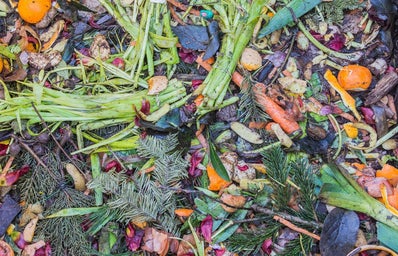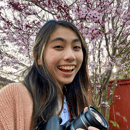Walking around the University of San Francisco’s campus, and San Francisco in general, you can see these green bins sitting next to the blue and gray ones. It is obvious to many that the blue is for recycling and the gray is for trash. But what in the world is the green one for?
Composting was an interesting concept I was first introduced to back in the third grade. In our third grade classroom, an orange bin popped up one day and the teacher explained that it would be used for composting. The class was told that composting is for food, just like how recycling bins are for recyclable materials and how we have trash bins for trash. In simple terms, compost “is organic material that can be added to soil to help plants grow” (US EPA). There are four basic ingredients for composting: nitrogen (green materials like grass, vegetables, fruits), carbon (brown materials such as dry leaves or twigs), water, and air. By composting we’re not only helping plants grow, but we are also reducing the occupied space in landfills and preventing the release of methane, a greenhouse gas that contributes to global warming.
But how do we know which things can and can’t go into the compost? The US EPA has a list of compostable materials which include fruits and vegetables, eggshells, coffee grounds and filters, leaves, hair and fur, paper, cardboard, and more. Non-compostable materials include fats/oils/grease, pet wastes, coal/charcoal ash, and more. You can also check to see if you can compost to-go boxes! Usually, take out boxes will have a little side note saying you can compost it. You can also always check in with your local composting center to see which items are acceptable for composting, as the composting capabilities in commercial facilities vary greatly from those of home composting.
As for other composting tips: make sure to keep it in a dry and cool place to avoid odors and bugs and other creatures from infesting your home. Keeping a cover helps as well!
Having an extra bin near the trash and recycling may seem excessive, but for the sake of our planet Earth, let’s all do our part and compost as much as possible!


